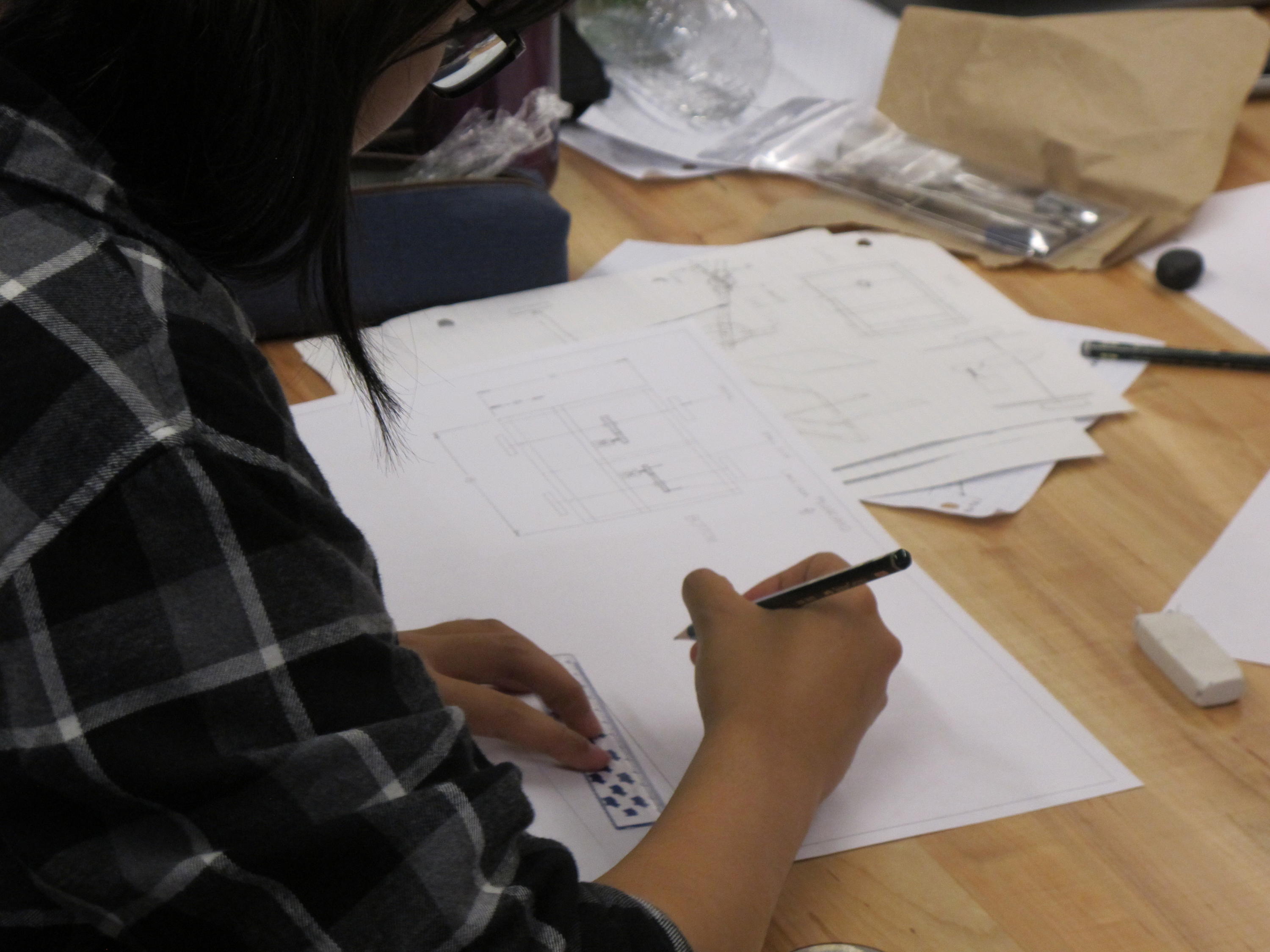
Grant recipients:
Derek Wright, Electrical and Computer Engineering; Chris Rennick, Engineering Ideas Clinic; Ada Hurst, Management Sciences
(Project timeline: May 1, 2019 - April 30, 2020)
Description
All students in the Faculty of Engineering participate in a capstone design project in their fourth year. The quality of the capstone project largely depends on identifying a suitable real need or problem to address in the design. Unfortunately, the capstone project is often the first time students are tasked with identifying a need on their own in the context of a design problem, and many struggle with needs identification. Often, students take a solution-first approach, and then “reverse engineer” a need to justify course requirements. This results in weak solutions and incomplete exposure to the full design process. This project seeks to intervene with students before their capstone design project by training them in needs identification. The LITE grant would fund expertise in assessing the efficacy of such an intervention.
Questions Investigated
The overall goal of the teaching enhancement project was to improve needs identification competencies in the engineering graduates. The strategy for achieving this goal was to provide an intervention consisting of three in-class sessions and one field experience to select third-year course sections.
The research completed aimed to determine whether needs identification competencies improved in the students subjected to the intervention versus those students who were not (effectively acting as controls). The research questions asked were:
1. How do students identify, select, and justify their capstone design project problem statement, and are there structural differences in how students who received the intervention perform this step, versus other students?
2. Were the interventions helpful in teaching students about needs identification?
These questions were explored using responses to a survey study.
Findings
The in-class interventions were conducted on campus for three third-year engineering classes (MTE, ME, and ECE) from different disciplines during Winter 2019. They proceeded as follows:
1. All groups (MTE, ME, ECE) received a lecture on identifying a good problem. The session introduced structured ways of thinking about project identification.
2. All groups (MTE, ME, ECE) also participated in a field experience to the fourth-year capstone symposia, intended to provide the third-year students with an opportunity to practice applying the need finding strategies by looking critically at the work of their older peers in the program.
3. Two classes (MTE, ME) received an additional workshop on problem finding.
4. One class (MTE) was required to write a reflection on the field experience.
From the survey data we learned that the most popular method for need finding, regardless if the students received any interventions, was through experience. Students were predominantly inspired by personal accounts and interactions, identified a problem, and sought to design a solution. Proportionally more students who received the intervention used research and brainstorming methods to aid in their need finding processes. This suggests that the interventions may have succeeded in encouraging students to use these as recommended methods for conducting proper need finding.
The data also shows a tendency for students in the intervention group to form their capstone teams earlier but choose their topics later. From this, we infer that the interventions in the 3B term may have encouraged students to begin thinking about their capstone project earlier. The interventions may have also inspired a longer need finding process, thus delaying the selection of the final project topic.
After collecting data on the perceived helpfulness of the interventions, we can conclude that overall, the interventions were moderately helpful. Students identified the interventions as opportunities where they learned about proper need finding, practiced identifying good problems at the symposium, and encouraged them to begin thinking about their own projects. The most helpful intervention was the visit to the capstone symposium.